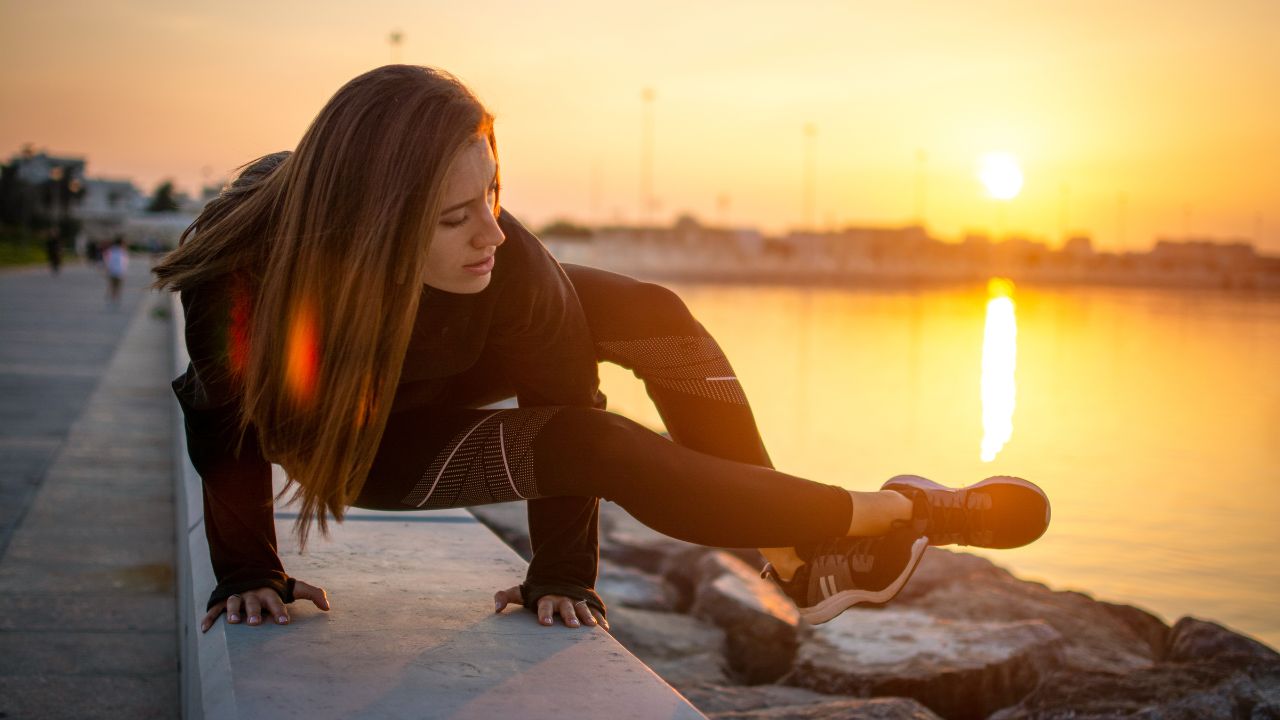Eight-Angle Pose (Astavakrasana)

Eight-Angle Pose, or Astavakrasana, is an advanced arm balance that requires strength, flexibility, and balance. It challenges the core, arms, and wrists while providing a deep stretch to the hips and hamstrings. Here’s how to practice Eight-Angle Pose:
- Begin by coming into a squat position with your feet hip-width apart. Lower your hips down towards the ground, keeping your heels on the mat. You can use a folded blanket or block under your heels for support if needed.
- Shift your weight to your left side and place your right hand on the mat to the outside of your right leg. Your fingers should be pointing towards your left side.
- Bend your elbows and lean forward, bringing your right shoulder underneath your right thigh as much as possible.
- Extend your left leg forward, keeping it straight and parallel to the ground. Hook your right ankle over your left tricep, creating a cross with your leg and arm.
- Engage your core muscles and shift your weight forward onto your hands. Begin to lift your hips off the ground, keeping your right foot hooked over your arm.
- Slowly extend your left leg forward, straightening it as much as possible. Your right foot will act as a counterbalance to help you stay lifted.
- Keep your gaze forward and maintain your balance as you hold the pose. Breathe deeply and stay focused.
- To come out of the pose, slowly lower your hips back down to the mat, release your right leg, and return to the squat position. Repeat the pose on the other side, placing your left hand on the mat and crossing your left leg over your right arm.
Some key points to remember while practicing Eight-Angle Pose:
- Start with a strong foundation and focus on engaging your core muscles to maintain balance and stability.
- Play with different arm and leg placements to find the variation that works best for your body.
- If you are not able to straighten your leg fully, you can keep a slight bend in the knee or work on extending the leg over time.
- Don’t force the pose. Take your time and progress gradually, listening to your body’s limits and avoiding any pain or discomfort.
Benefits of Eight-Angle Pose include:
- Strengthens the core, arms, and wrists.
- Improves balance, concentration, and focus.
- Stretches the hips, hamstrings, and inner thighs.
- Develops body awareness and coordination.
- Builds confidence and mental resilience.
Eight-Angle Pose requires patience and consistent practice to master. It’s important to approach this pose with caution and work under the guidance of an experienced yoga teacher if you’re new to arm balances. Remember to warm up properly before attempting this pose and to listen to your body’s needs. Enjoy exploring the challenge and rewards of Eight-Angle Pose.
Specific Content Keywords : eight angle pose astavakrasana with props,eight angle pose astavakrasana variations,eight angle pose astavakrasana steps,astavakrasana benefits,astavakrasana variations,astavakrasana meaning,astavakrasana preparatory poses,astavakrasana story,eight angle pose (astavakrasana),eight angle pose benefits,aasan angle in english,asanas poses and names,triangle pose yoga description,how to do eight angle pose,how to get into 8 angle pose,benefits of revolved side angle pose,what is angle of twist and angle of shear.

